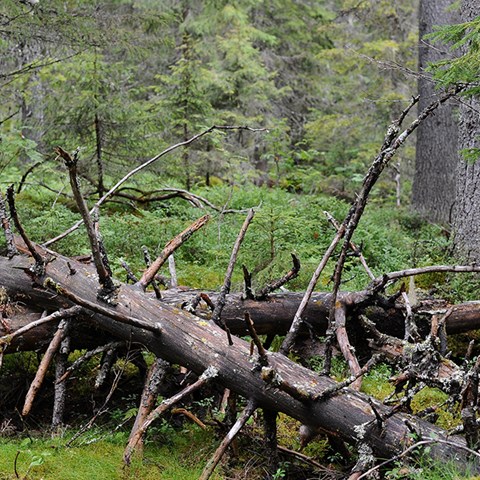Habitat types – a tool for conservationists

The diversity of the Swedish landscape is truly stunning. It ranges from the snow-clad mountain tops, glaciers and deep valleys of the far north to the lush vegetation and warm climate of the southernmost counties. It is this wide variety in terms of topography, geology, temperature, precipitation and wind exposure that shaped the Swedish biodiversity.
Information underpinning Conservation and Social Planning
The need for biodiversity information has increased over the past few years, not least because Sweden has ratified several international laws and conventions obliging us to protect and preserve our habitat types. Information about our habitat types is also crucial to the planning of land use and sustainable use of natural resources as well as to restauration, maintenance and protection of various habitats.
Habitat types – an important tool
On commission by the Swedish Environmental Protection Agency the Swedish Species Information Centre uses habitat types as an important tool for monitoring the Swedish habitats and species. A habitat type is a relatively homogenous area with a particular composition of the flora and fauna. It may cover a relatively large area, e.g. a heath, a bog, a spruce forest or a lake or be restricted to e.g. a particular type of pond or section of a shore. Plant and animal species require specific habitats for survival and successful reproduction. A single habitat type may encompass many such habitats. The number of habitat types occurring in Sweden depends on the selected level of detail.